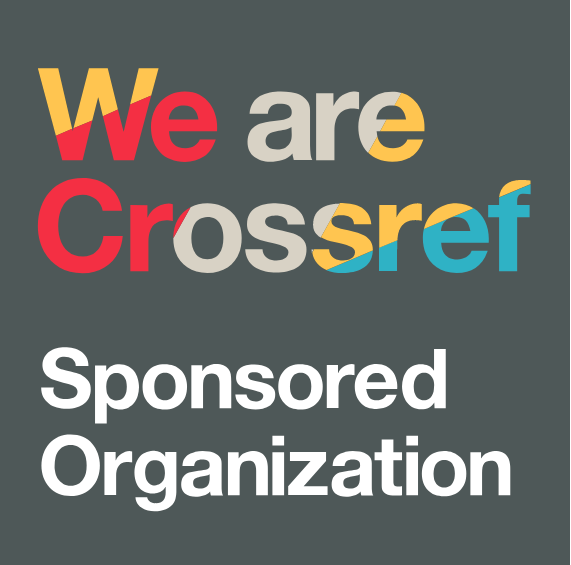Implementation of Digital Learning Media Based on Wordwall Educational Games on Learning Interest, Student Engagement, and Learning Outcomes in Science Subjects
DOI:
https://doi.org/10.38035/sijet.v3i2.293Keywords:
Educational Games, Wordwall, Learning Interest, Student Engagement, Learning Outcomes, ScienceAbstract
Low student interest and involvement in Natural Science (IPA) learning often becomes an obstacle in achieving optimal learning outcomes. Therefore, learning innovations are needed that can increase student motivation, active participation, and understanding of the material. This study aims to determine the effect of implementing digital educational game-based learning media Wordwall on learning interest, student involvement, and learning outcomes in Natural Science (IPA) subjects. The background of this study is based on the low interest and participation of students in Natural Science learning, which has an impact on achieving less than optimal learning outcomes. Interactive media such as Wordwall is considered to be able to create a fun, competitive, and challenging learning experience through quizzes, games, and direct feedback features. The research method used was a quasi-experimental design with a non-equivalent control group design. The subjects were fifth-grade students at a public elementary school in City X, who were divided into experimental and control groups. The instruments used included a learning interest questionnaire, a student engagement observation sheet, and a learning outcome test. Data analysis was performed using a comparative statistical test (t-test) to determine significant differences between the experimental and control groups. The results of the study showed that students who participated in learning using Wordwall media experienced significant improvements in three variables: learning interest, engagement, and learning outcomes, compared to students who participated in conventional learning. This proves that the use of digital media based on educational games can improve the effectiveness of science learning in elementary schools.
References
Ainley, M. (2012). Students' interest and engagement in classroom activities. In Handbook of research on student engagement.
Arsyad, A. (2021). Learning media . Jakarta: RajaGrafindo Persada.
Bloom, B. S. (1956). Taxonomy of Educational Objectives: The Classification of Educational Goals. Handbook I: Cognitive Domain. Longmans , Green.
Daryanto, & Karim, M. (2017). 21st-century learning . Yogyakarta: Gava Media.
Dewi, PK, & Wijaya, H. (2020). The effect of using Wordwall media on student learning outcomes in science subjects. Indonesian Journal of Science Education , 8(1), 45–52. https://doi.org/10.21831/jpsi.v8i1.12345
Fauzi, A., & Rahman, T. (2021). The use of educational game media to improve student motivation and learning outcomes. Journal of Educational Technology , 23(2), 112–120.
Fredricks, J. A., Blumenfeld, P. C., & Paris, A. H. (2004). School engagement: Potential of the concept, state of the evidence. Review of Educational Research, 74(1), 59-109.
Gee, J. P. (2003). What video games have to teach us about learning and literacy . Palgrave Macmillan.
Hamalik, O. (2016). Teaching and learning process . Jakarta: Bumi Aksara.
Hamidah, H., & Rahayu, S. (2019). Student engagement in interactive learning based on digital technology. Journal of Elementary Education Innovation , 5(3), 33–41.
Hosnan, M. (2014). Scientific and contextual approaches in 21st century learning . Bogor: Ghalia Indonesia.
Keller, J. M. (1987). Development and use of the ARCS model of motivational design . Journal of Instructional Development, 10(3), 2–10.
Mayer, R.E. (2009 ). Multimedia Learning . Cambridge University Press.
Mayer, R.E. (2019). Multimedia learning (3rd ed.). Cambridge: Cambridge University Press.
Munir. (2017). Digital learning: Concept and implementation . Bandung: Alfabeta.
Prensky, M. (2007 ). Digital Game-Based Learning . Paragon House.
Sardiman, AM (2011). Interaction and Motivation in Teaching and Learning. Rajawali Pers.
Sardiman, AM (2018). Interaction and motivation in teaching and learning . Jakarta: Rajawali Pers.
Skinner, E. A., & Belmont, M. J. (1993). Motivation in the classroom: Reciprocal effects of teacher behavior and student engagement. Journal of Educational Psychology, 85(4), 571.
Slameto. (2013). Learning and the factors that influence it . Jakarta: Rineka Cipta.
Sugiyono. (2019). Quantitative, qualitative, and R&D research methods . Bandung: Alfabeta.
Vygotsky, L. S. (1978). Mind in Society: The Development of Higher Psychological Processes. Harvard University Press.
Widodo, SA, & Wahyudin, D. (2019). The use of gamification to enhance student engagement and motivation in learning mathematics. Journal of Educational Technology , 18(2), 85–92.
Downloads
Published
How to Cite
Issue
Section
License
Copyright (c) 2025 Nabila Qotrunada

This work is licensed under a Creative Commons Attribution 4.0 International License.
Copyright :
Authors who publish their manuscripts in this journal agree to the following conditions:
- Copyright in each article belongs to the author.
- The author acknowledges that the Siber International Journal of Education Technology (SIJET) has the right to be the first to publish under a Creative Commons Attribution 4.0 International license (Attribution 4.0 International CC BY 4.0).
- Authors can submit articles separately, arrange the non-exclusive distribution of manuscripts that have been published in this journal to other versions (for example, sent to the author's institutional repository, publication in a book, etc.), by acknowledging that the manuscript has been published for the first time at Siber International Journal of Education Technology (SIJET).























